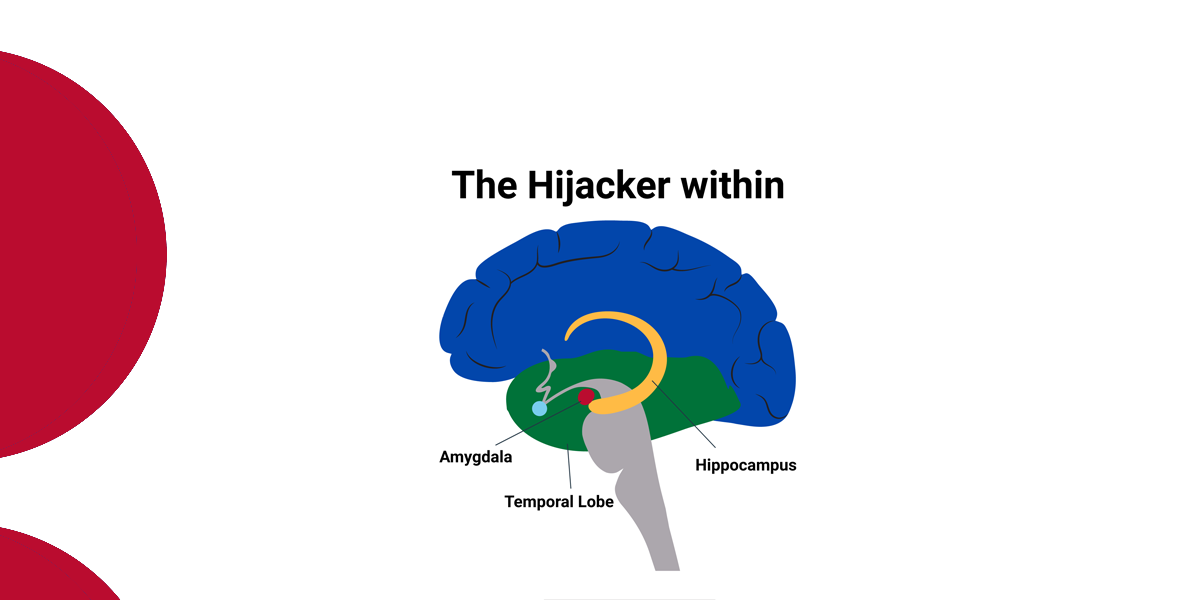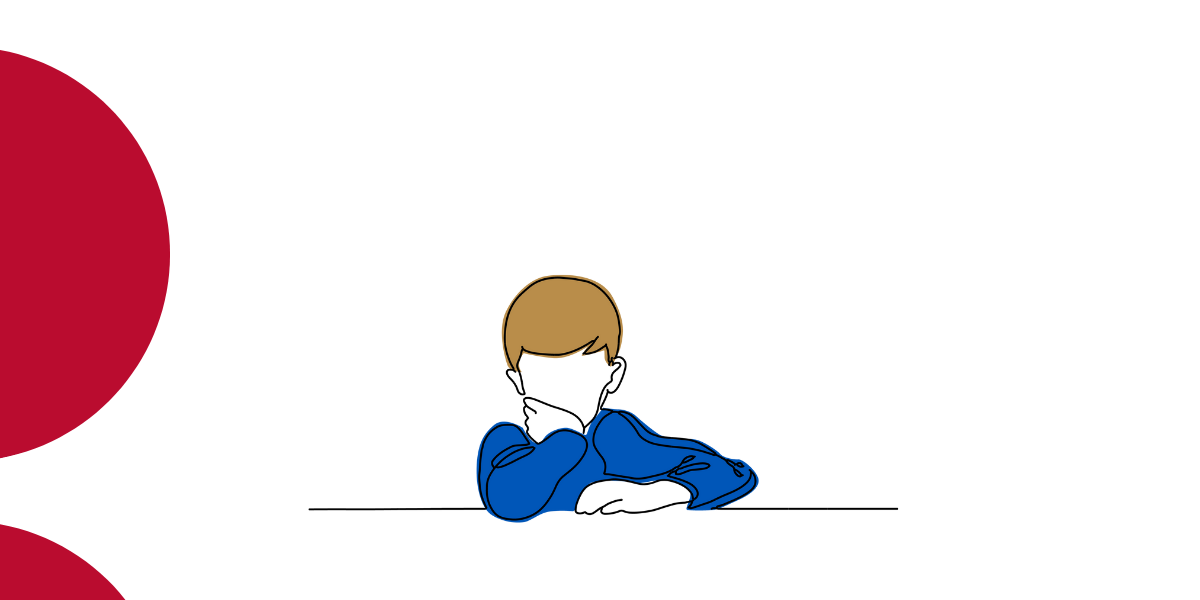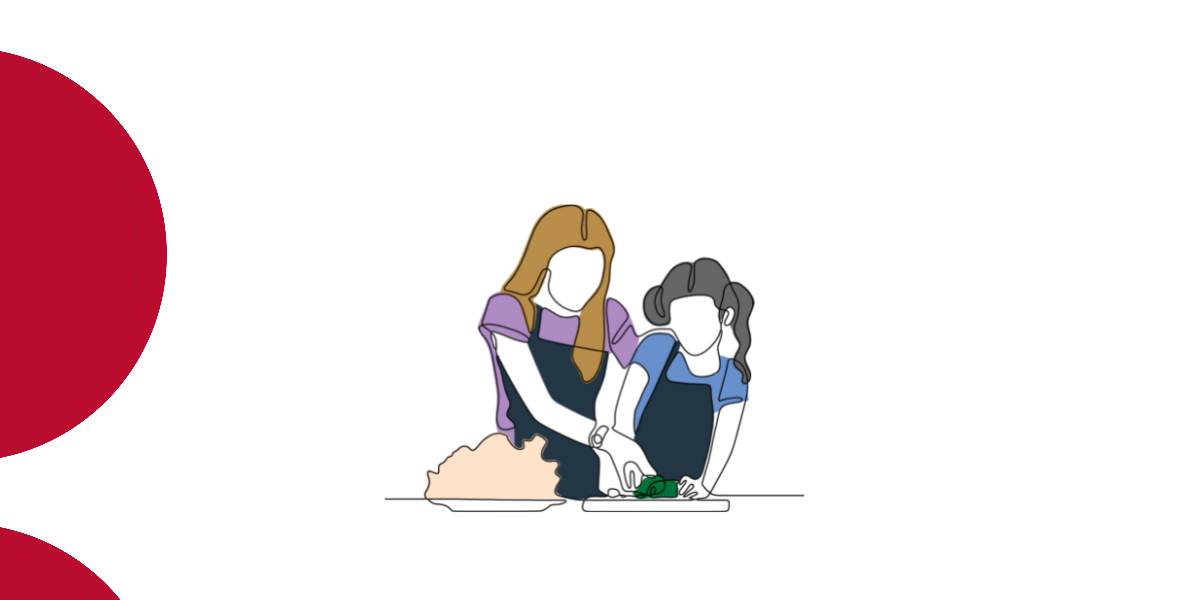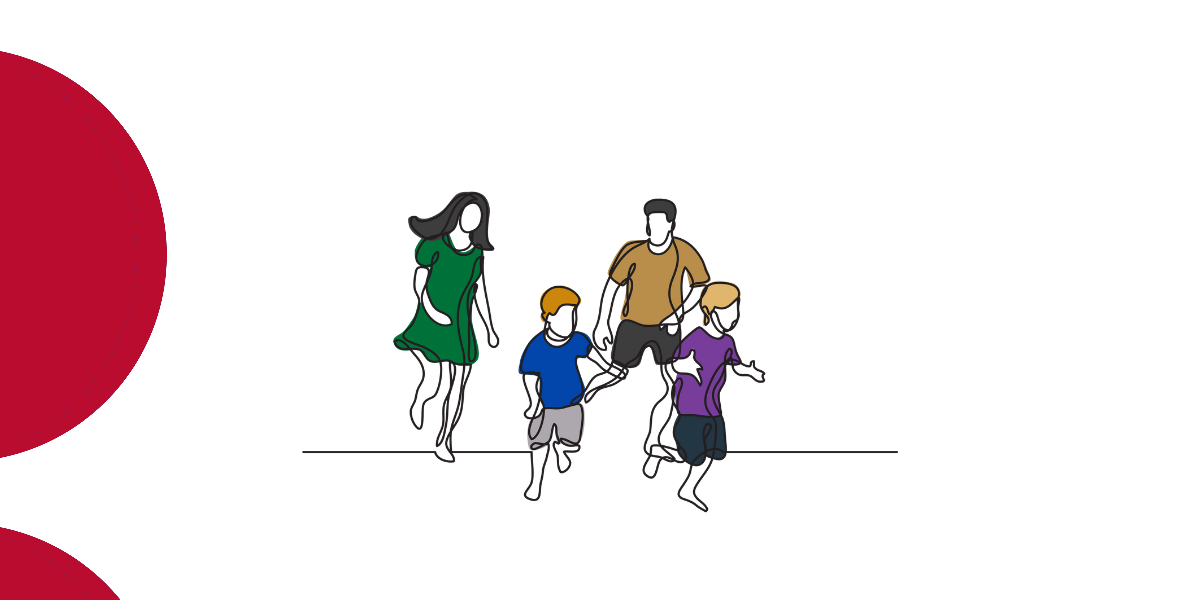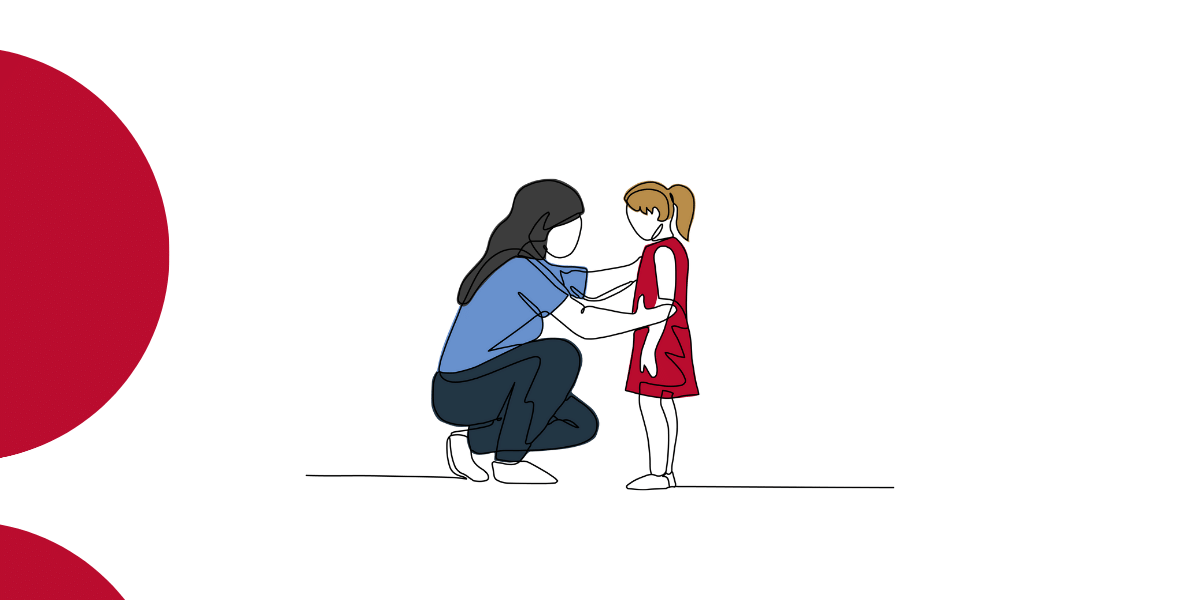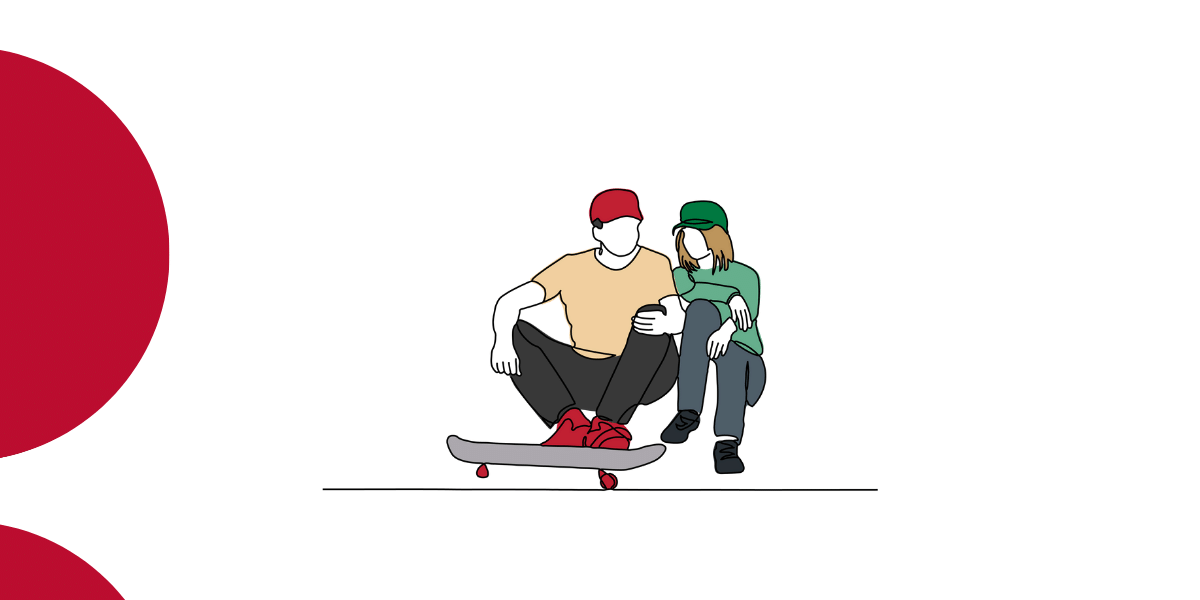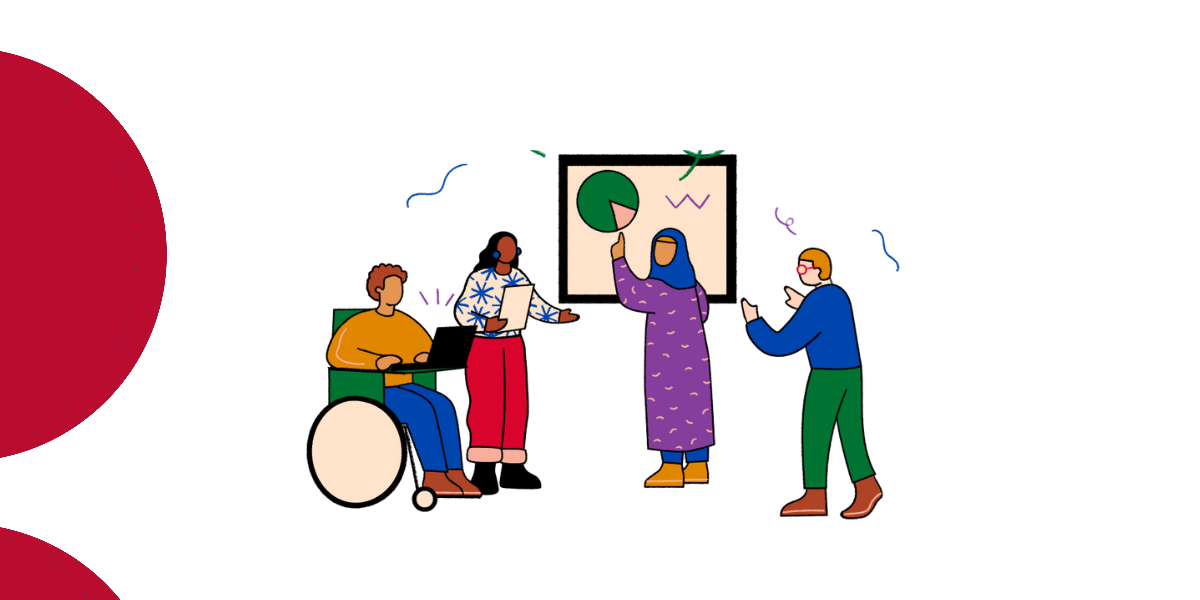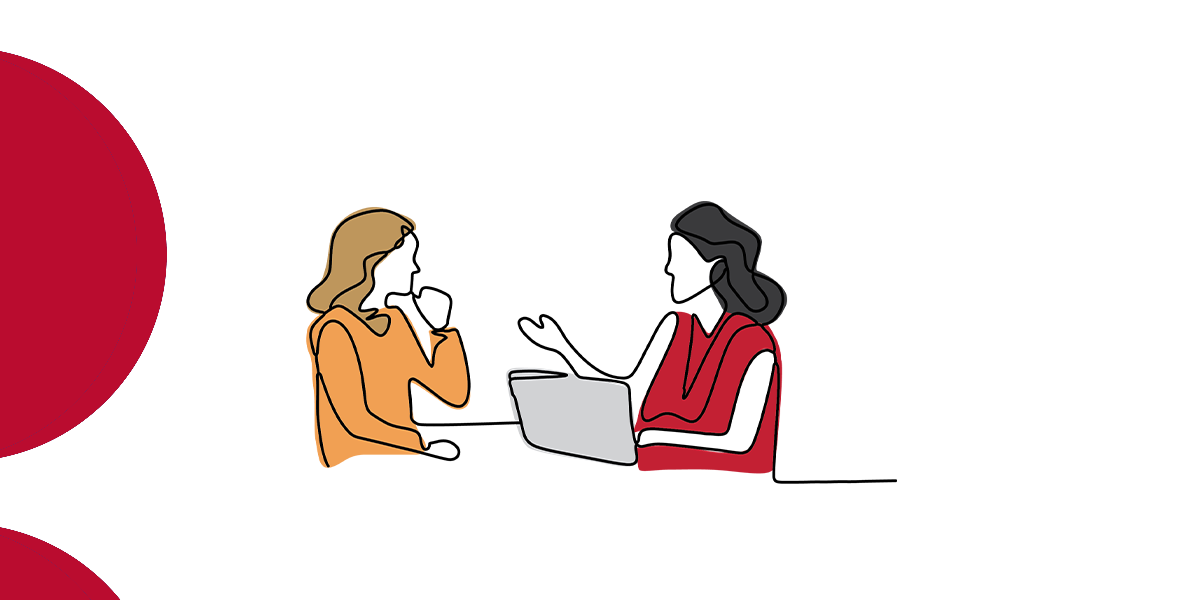“You’re not the boss of me!”: 10 positive responses to control-seeking behaviours
Oct 2024
Written by Noel Macnamara
Control-seeking behaviours are one of the most common challenges in caring for children and young people impacted by abuse, neglect, and violence. Children and young people will communicate their need for control through their behaviours, and this can result in power struggles with carers. Therapeutic carers must choose to identify the underlying needs behind these control-seeking behaviours.
Examples of controlling behaviour:
Dominating play with other children
Parenting behaviour with other children and adults
Intolerance of parental control
Becoming defiant or assertive when asked to follow rules e.g. bedtime
Ignoring direct instructions
Pushing limits
Extreme distress at hearing “no”
Becoming upset, distressed and/or angry at having their control questioned
Why children seek control
Survival: For children who have experienced early life trauma, their very survival may have depended on their ability to control or manipulate others into meeting their physical and emotional needs. Children develop coping strategies in order to survive, and children who have gone without food, connection, or protection assume that they must coerce you, through charm or force, into providing those necessities.
To feel safe: Children do not possess the power to stop the abuse, neglect, or losses they have endured. Children who do not trust that their world is safe may control others in an effort to feel safe and prevent further harm. Remember, just because a child is now safe in your home does not mean that they perceive themselves as being safe.
To control their circumstances: Children have no control over the loss of the birth family or the choice of the foster or even perhaps the kinship family. The haphazard nature of moving from one home to another removes the cause-and-effect continuum and opens the door for them to believe that they can be moved again at any moment.
To be the boss: Children may have previously been forced to care for themselves and siblings due to a lack of supervision or the incapacity of their caregiver due to physical or mental illness, substance use, violence, etc. They may be accustomed to taking charge and lack trust that adults can adequately take care of them. They may even believe that it is their job to take care of adults.
To reject nurturance and belonging: Children who lack trust that their caregiver will meet their needs consistently may pre-emptively take control of their circumstances by refusing to eat your food or obey your rules in order to ensure that they reject you before you can reject them. A child who has internalised the message that they are unlovable or incapable may recognise that their control seeking behaviours trigger you and may continue these behaviours as a way to force you to treat them as they feel they should be treated—badly.

Responding to control with connection
You may naturally feel tempted to regain power in your home by setting more rules, saying “no” more, or becoming overprotective or rigid in your relationship with the child in your care. However, when responding to control-seeking behaviours, a carer’s primary goal should be connection, not control. Extensive research shows that we cannot influence children in a positive way until we create a connection with them. It is a brain (and heart) thing. Sometimes we have to stop dealing with the behaviour and first heal the relationship.
Connection creates a sense of safety and openness. Garfat and Almaoui (2024) offer the following definition of connection: A joining of energies between self and other in which both are engaged. The energetic joining which leads to the development of relationships over time. This identifies the importance of every single interaction or connection, however brief, to build therapeutic relationships with children and young people. Punishment, lecturing, nagging, scolding, blaming, or shaming create fight, flight, and freeze.
Connection motivates children to follow your lead, accept your guidance, and internalise your values.
10 practical suggestions for responding positively to control-seeking behaviour:
- Notice your own reactions to feeling controlled: Control-seeking behaviours may bring out feelings of powerlessness, anger, frustration, etc. Think about these feelings as stemming from your child or young person’s trauma, rather than being your or the child’s “fault”. Try to talk through these feelings with someone you trust, and deal with them outside of your interactions with the child or young person. If you do not deal with these emotions in this way, then they will inevitably influence how you interact with the child or young person. It is all but impossible to be empathic or compassionate and understand the cause of the behaviour if you are angry about it.
- Set consistent boundaries and schedules: Limit setting is reassuring to children. Provide structure, including consistent rules and predictable daily schedules that do not catch children off guard or leave them wondering what will happen next.
- Define roles: Explain your job as the adult is to be the boss, which means you keep children safe and provide what they need. The child’s job is to be a kid; they get to play, learn, and ask you to meet their needs.
- Name it to tame it: Encourage children to use words instead of manipulation to get their needs met, and then listen! If children know you will meet their needs, then their anxious desire to control will reduce.
- Develop different ways to say “no”: A child may have a tough time handling words like “stop” or “no”. Try using words, like “Pause”, “Hold that thought”, “That does not work for us, but _____ does”, or “You can return to this and finish later”.
- Catch them doing something right: Experts recommend six praises be offered for every one correction. Positive reinforcement acts as a motivator.
- Use natural consequences, not punishment: Punishment does not encourage connection but rather maintains the “me against you” mentality of control battles. For many children, being in control is more important than any punishment a carer can impose, so teaching through natural consequence of their behaviour is a more effective alternative.
- Respond in a playful way: When a child is seeking to control, you can respond playfully with a question such as, “Are you asking or telling?” The tone of your voice can be higher and sound more playful. Start by responding playfully, reinforcing the child’s felt safety, and give the child an opportunity to adjust their behaviour before you move on to a firmer response.
- Give choices: When responding playfully has not worked, you can offer choices. Limit choices to two options. Choices should not be threats. Hold up two fingers to show options and use a playful but firm tone to say, “You can have your bath now or after you finish your story. You choose.” Offering choices does not negate the adult’s role as the boss. Instead, by sharing power, they actually prove that the power is theirs to share.
- Avoid food battles: Attempting to control what and how a child eats only creates an irresistible challenge to the child to prove who holds the power. Instead, remain playful and loving and go about your business; do not rush the child to finish.

When we prioritise connection above providing corrective responses, we are showing children and young people that we care about them as individuals, that we want to understand them and what’s causing them to feel the need for control, and that we are committed to building a strong and positive relationship with them. By doing this, we create an environment where children and young people experience felt safety, which can help them regulate their emotions and behaviour, allowing them to let go of the need to be the “boss” in their lives.
Noel Macnamara is the Deputy Director of the CETC and a highly experienced kinship carer, researcher, and training provider of trauma-informed care. Noel co-authored our new self-paced online course Ordinary People, Extraordinary Hearts: On-demand training for kinship and foster carers as part of his ongoing passion for accessible support and learning.
References
Digney, J. (2024). The Art of Relational Weaving: A Guide to the Essence of Relational Practice. The CYC-Net Press.













